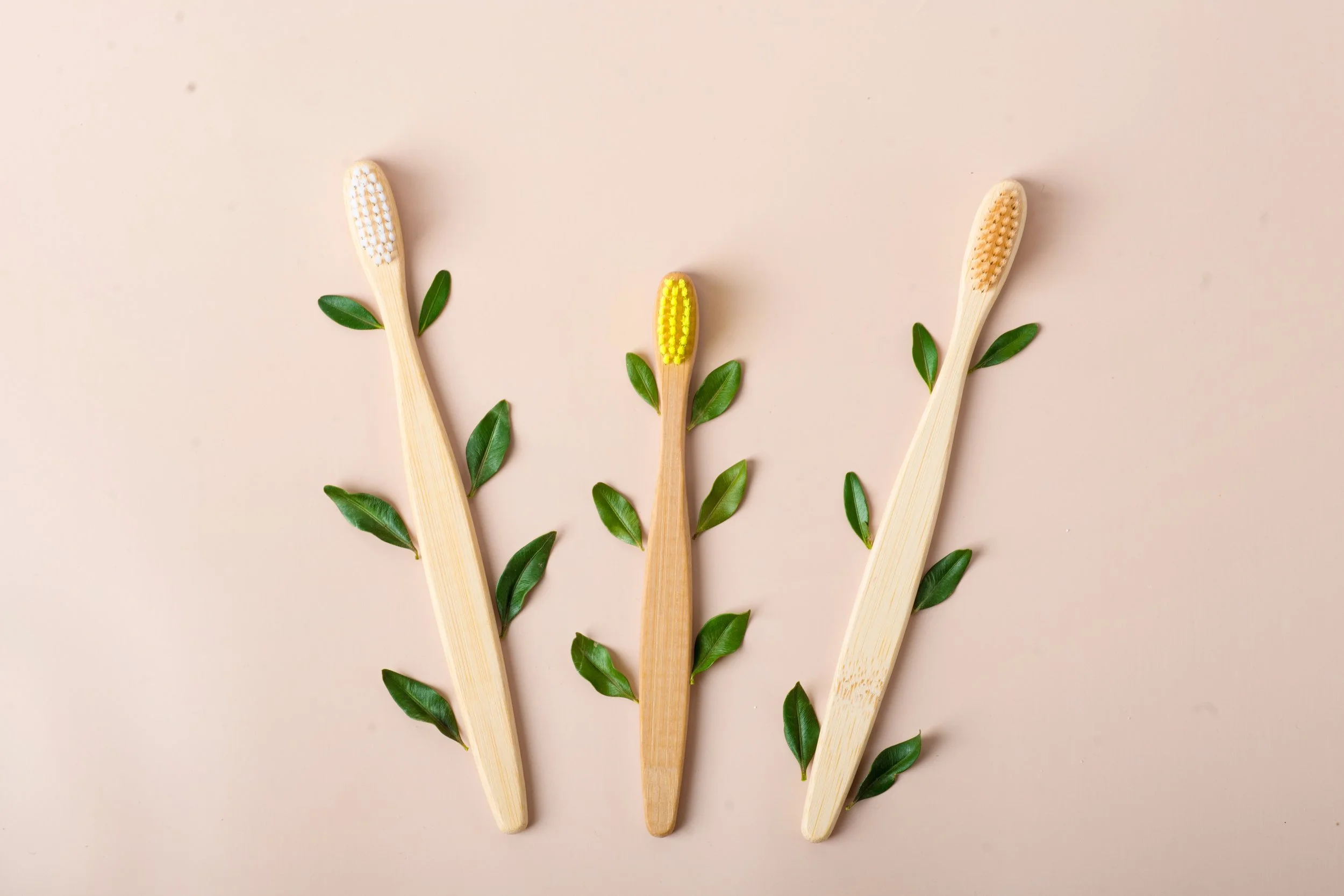Tooth Replacements in Augsburg
Our Tooth Replacement area in Augsburg includes the treatment of teeth using crowns, bridges or prostheses in order to restore the natural aesthetics and function of the teeth.
Cutting Edge Dentistry
Individual & Personal Advice
Timely Appointments
CEREC: Same-Day Tooth Replacements
CEREC stands for "Ceramic Reconstruction" and is a computer-aided technology for producing durable, individually manufactured ceramic restorations such as tooth crowns, inlays, onlays and bridges.
The restorations can usually be fabricated and fitted in a single session.
Dental Crowns
Dental crowns are covers that are placed over damaged or weakened natural teeth to restore their form, function, and aesthetics. A crown may also be needed after a root canal treatment to protect the tooth and increase its stability.
-
There is no best type of dental crown, since each type of crown has its own advantages and disadvantages, and the choice of crown depends on many factors, such as the degree of damage to the tooth, the position of the tooth in the mouth, aesthetic requirements.
All-ceramic crowns are very aesthetic, usually do not cause allergic reactions and are very durable.
Metal crowns are usually very resistant to breakage and wear and can be used for back teeth that are subjected to high forces during chewing.
Zirconia crowns offer an excellent combination of aesthetics and durability and can normally be used on all teeth in the mouth.
-
Crowns usually last between 10 and 15 years, sometimes longer.
We only use materials with a long service life and explain how you can contribute to a long service life.
-
The time it takes for a new crown to be fitted depends on a number of factors, including the type of crown, the preparation of the damaged tooth, and other individual circumstances.
Our goal is to insert your crowns in just one session using our CEREC method.
Dental Bridges
A dental bridge is a fixed prosthetic device used to restore missing teeth. It is a construction consisting of artificial teeth that are attached to the adjacent teeth or implants to fill a gap in the dentition.
-
A dental bridge can usually replace one or more missing teeth. The number of teeth that can be replaced with a dental bridge depends on various factors, such as:
Number of Missing Teeth: Dental bridges can replace one or more missing teeth. For example, if two teeth are missing, a bridge can be used to replace those two teeth.
Position of Missing Teeth: If the missing teeth are adjacent, a dental bridge can be used to replace them. However, if several teeth are missing from different places in the mouth, a dental bridge may not be able to be used.
Condition of the neighboring teeth: The dental bridge is attached to the neighboring teeth, which are called the abutment teeth. The number of teeth that can be replaced with a bridge depends on the number and condition of the remaining adjacent teeth.
-
The lifespan of dental bridges depends on several factors, including the type of bridge, the quality of the materials, oral hygiene, and the overall health of the teeth and gums.
Dental bridges usually last between 5 and 15 years or even longer if they are well cared for and there are no complications.
We will explain to you how you can actively contribute to longevity.
-
A dental bridge is usually attached to adjacent teeth, known as abutment teeth.
The process of attaching a dental bridge can vary depending on the type of bridge and specific needs, but generally there are three steps:
3D scan: We scan your teeth with our 3D intraoral scanner, which is connected to our CEREC system. Compared to conventional methods, we don't have to take any unpleasant impressions. The high-precision 3D scans form the basis for the further process and for the production of the bridge.
Preparation of the abutment teeth: We prepare the abutment teeth by removing a layer of the tooth. This creates enough space for the attachment crowns that will hold the bridge.
Adaptation and attachment of the bridge: When the bridge is designed and completed based on the scans, we adapt it to the prepared abutment teeth and attach it using special dental adhesives and/or anchors.
Aftercare: Once the bridge is in place, you will be able to chew and speak normally again. However, it is important to follow a thorough oral hygiene practice to ensure that the bridge and surrounding teeth are kept clean and healthy over the long term.
Inlays-Onlays
Inlays and onlays are dental restorations used to treat decayed teeth. Unlike fillings, which are placed directly in the tooth, inlays and onlays are made outside of the mouth in a dental laboratory and then placed in the tooth. Unlike inlays, onlays not only cover the defect but also extend over the occlusal surface of the tooth.
-
Inlays and onlays offer the following advantages over fillings:
Durability: Inlays are made from more durable materials, such as ceramic, and are therefore more durable than fillings. Inlays can last for decades, while fillings tend to need to be replaced more frequently.
Aesthetics: Inlays can be matched to the color of the natural tooth and therefore offer better aesthetics than fillings, which are often visible.
Precision: Inlays are made outside of the mouth in our dental laboratory, allowing for greater precision and fit than fillings that are placed directly into the tooth.
-
The decision as to whether a crown or inlay is required depends on several factors, including the size and location of the defect, the health of the affected tooth, and aesthetic considerations.
As a rule, an inlay is used when the defect is small to medium in size and the occlusal surface of the tooth is not affected.
A crown is usually used when the defect is large, the tooth is badly damaged, or a root canal has been done.
-
The installation time depends on several aspects, such as the size and location of the defect.
Our goal is to insert inlays and onlays in just one session using our CEREC method.
Prostheses
Prostheses are dental devices used to replace missing teeth. There are different types of prostheses, which are chosen according to the needs.
-
Choosing the right prosthesis depends on a variety of factors, including the number of missing teeth, jawbone structure, and individual needs.
Full Prostheses: A full prosthesis is a removable denture used to replace all of the teeth in the upper or lower jaw. It consists of a plastic base on which the teeth are attached.
Partial Prostheses: A partial prosthesis is used to replace missing teeth when there are still some healthy teeth in the mouth. It is attached to the remaining teeth with brackets and can be made of plastic or metal.
Implant-Retained Prostheses: An implant-retained prosthesis is a denture that is attached to dental implants that are placed in the jawbone. It offers a more stable and comfortable solution than removable prostheses.
Telescopic Prostheses: A telescopic prosthesis is a removable prosthesis that is attached to special crowns on the remaining teeth. The crowns and dentures interlock to provide additional stability.
Hybrid Prostheses: A hybrid prosthesis is a fixed prosthesis that is attached to implants. It combines the stability of implants with the natural look of teeth and is a popular choice for patients who do not want to wear removable dentures.
-
A prosthesis is usually an option if you have lost one or more teeth and these cannot be replaced with another type of tooth replacement.
For example, prostheses can be used when tooth loss has progressed to the point where a dental bridge or dental implant is no longer possible.
-
There is no general answer to this. Each option has its pros and cons and the best option will depend on your individual needs.
Prostheses are an inexpensive option that can be recommended in cases of extensive tooth loss. However, they are not as strong as implants or crowns and can loosen or fall out more easily.
Implants are a permanent solution that involves placing an artificial tooth root in the jawbone to hold a crown or bridge. Implants are often the preferred option when only one or two teeth are missing as they offer great stability and durability. However, the implantation process is more invasive and requires good quality bone.
Crowns are a good option when only part of the tooth is damaged. A crown is an artificial cap that is placed over a damaged tooth to restore its form and function. Crowns are permanent and can offer great stability and durability.




